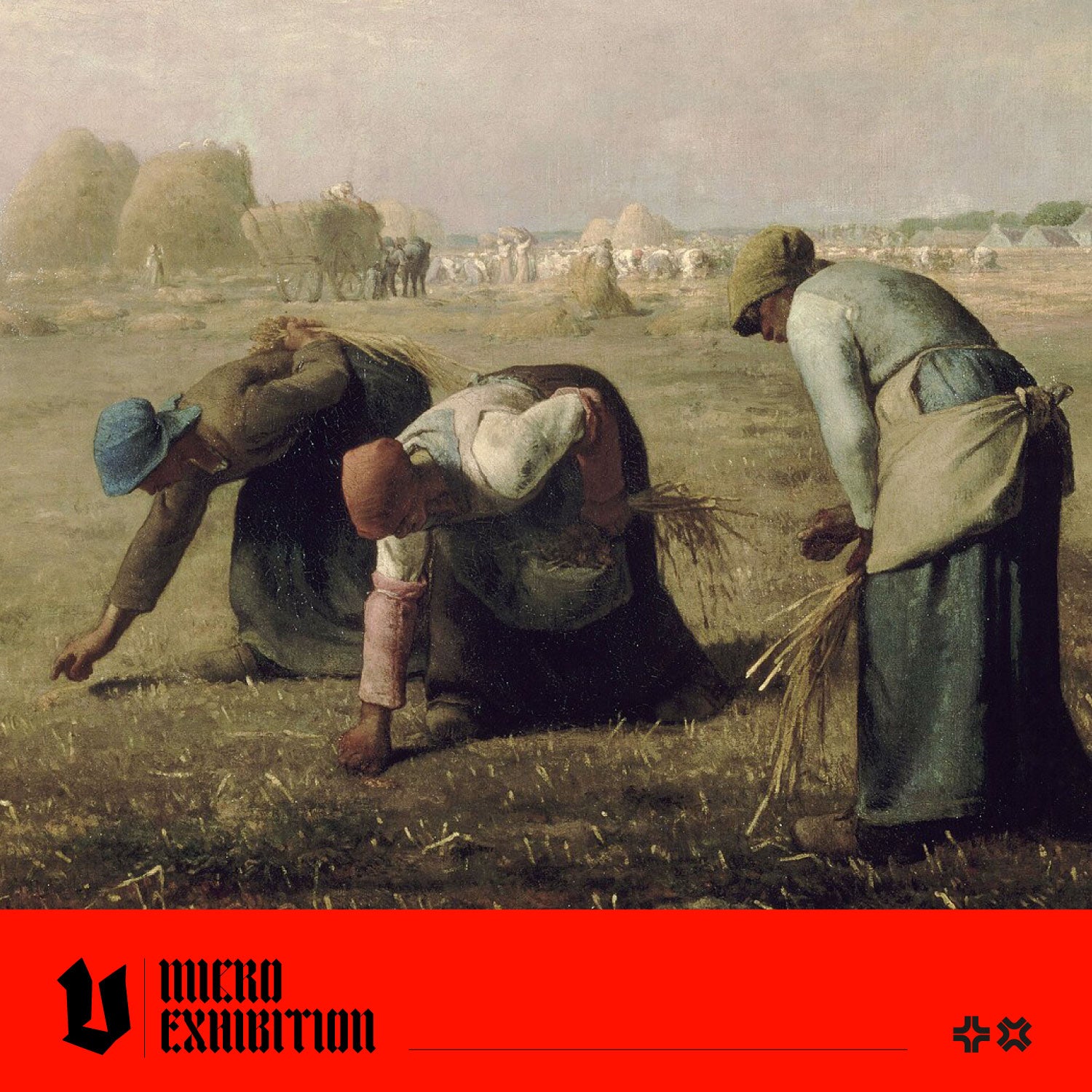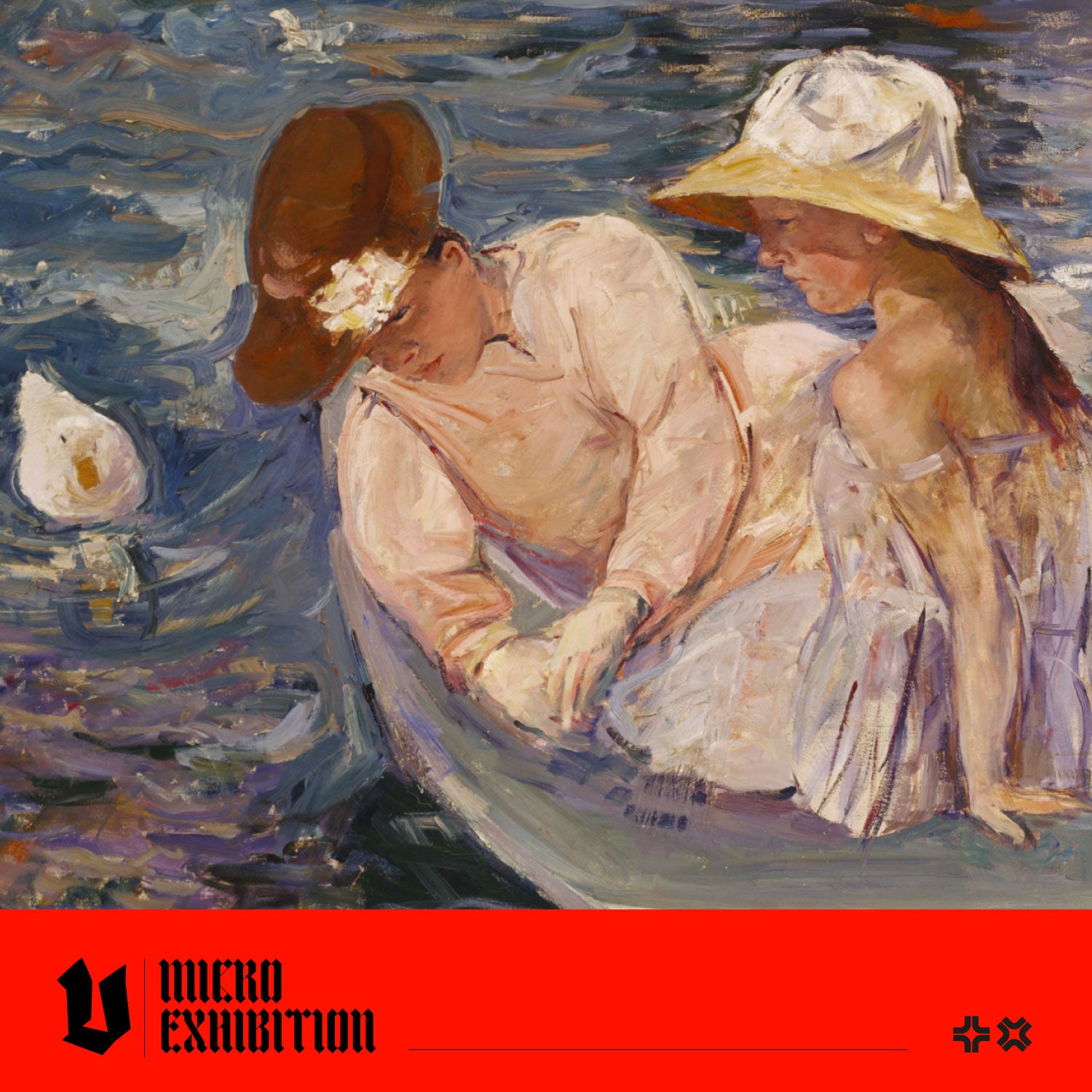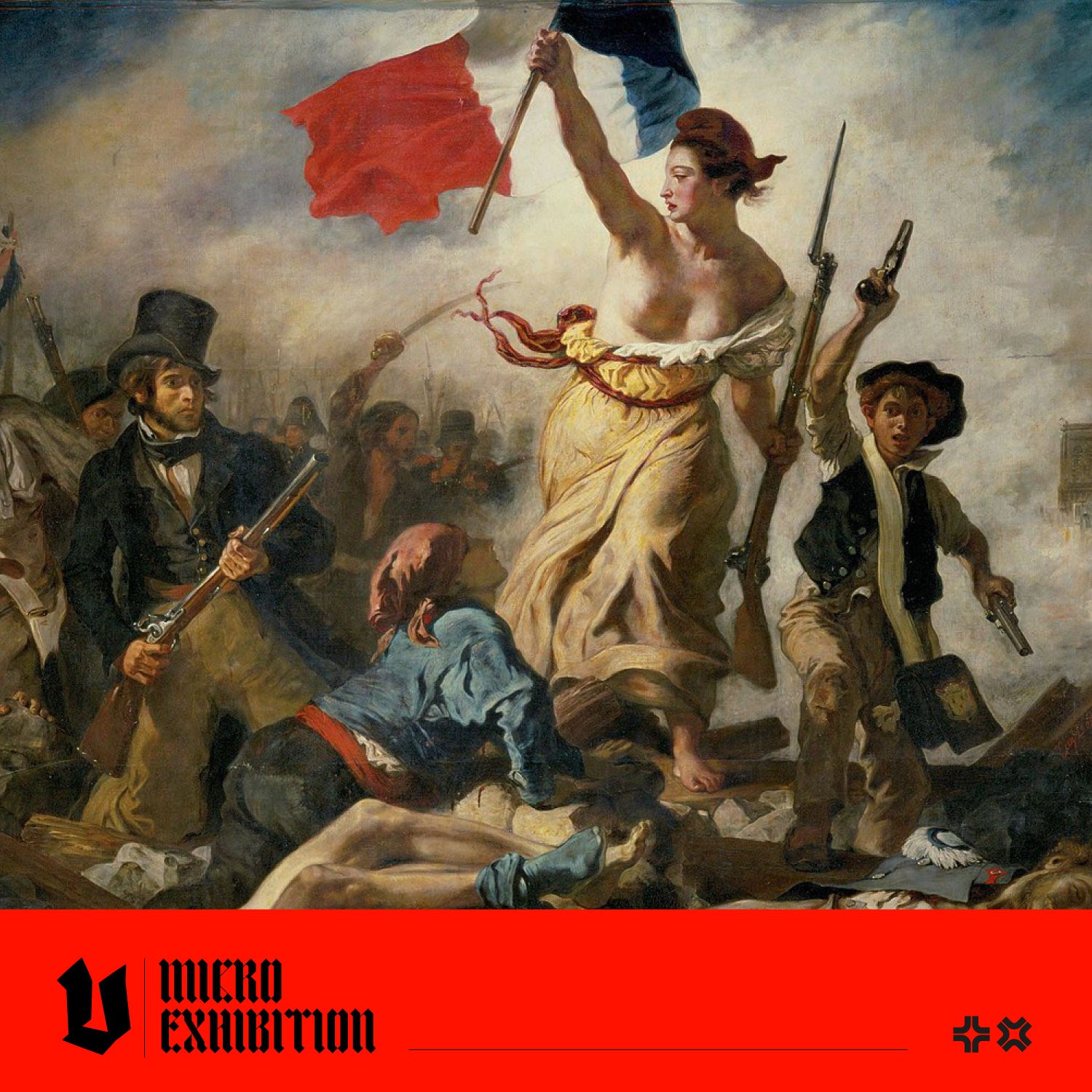In the mid-19th century, Realism, a groundbreaking artistic movement, emerged in France as the world underwent rapid industrialisation and societal transformations. Departing from the idealism and emotion of Romanticism, the preceding era, Realism sought to capture the unembellished essence of everyday life - the press of a third-class train carriage, people engaged in manual work or relaxing at home.
This movement resonated with artists who believed that the raw, unfiltered depiction of life had an intrinsic beauty of its own. No longer were the canvases populated solely by noble heroes and ethereal landscapes; instead, Realist painters revelled in depicting working-class people with an unflinching gaze. They captured introspection, labour, and leisure scenes using accurate colours, allowing viewers to witness a sober reality previously overlooked by artists seeking aesthetic grandeur.

The Third Class Carriage (1863-4) by Honore Daumier
Realism didn't just depict life; it criticised the era's social values and exposed the contrasts between the different social classes. It also documented the changes instigated by the Industrial Revolution - Realist artists wanted to capture this shifting dynamic, revealing the tensions between tradition and progress and the juxtaposition of urban and rural life. Read on to learn about some of our favourite works!
Why does 'The Stonebreakers' Epitomise Realism?
Gustave Courbet (1819-1877) was one of the leading figures in the French Realist movement. Among his remarkable works, 'The Stonebreakers' stands as a quintessential embodiment of the principles that define Realism, offering an unfiltered window into the world as it was. This powerful work portrays two labourers engaged in the backbreaking task of breaking stones on the roadside. Instead of idealising their labour or presenting them as heroic figures, Courbet depicts the two men in a manner that reflects their arduous, challenging lives. The painting's composition lacks romanticised elements; it's an unflinching portrayal of reality.
Courbert said:
''On one side is an old man of seventy, bent over his work, his sledgehammer raised, his skin parched by the sun, his head shaded by a straw hat; his trousers of coarse material, are completely patched; and in his cracked sabots (clogs) you can see his bare heels sticking out of socks that were once blue. On the other side is a young man with swarthy skin, his head covered with dust; his disgusting shirt all in tatters reveals his arms and parts of his back; a leather suspender holds up what is left of his trousers, and his mud caked leather boots show gaping holes at every side.''
'The Stonebreakers' encapsulates the Realist movement's critique of social values and class disparities. By placing ordinary, faceless labourers at the forefront of his canvas, Courbet thrusts into the spotlight the stark realities of the whole working class—who were often overlooked by society's privileged circles. The painting was exhibited at the Paris Salon in 1850. Some critics were appalled, calling the subject matter inappropriate, brutish and dirty. However, it was also called ''a masterpiece in its genre'' and is the Metropolitan Museum Of Art calls it, ''Courbet's monumental masterpiece''. The painting was destroyed in a bombing raid during World War Two.
The Enduring Power of 'Barge Haulers on the Volga'
Ilya Repin's 'Barge Haulers on the Volga' (1870–1873), is an incredible example of Russian Realism. Repin's painting captures not only the physical toil of the barge hauliers but also the socio-economic struggles and emotional narratives of the labouring class. The painting depicts a group of exhausted men, their bodies strained and contorted as they drag a massive barge along the Volga River.
The painted figures were inspired by the real people Repin encountered during his research and included a former soldier, a painter and a former priest, who leads the group. By presenting the barge haulers as individuals with their own stories, dreams, and struggles, Repin humanised them, pushing viewers to confront Russian society's inequities at the time. Repin has included some signs that change is coming; in the middle of the group, a young man stands straight, almost pulling off his harness and gazing at a ship sailing in the other direction. In the distance, you can see a steam-powered boat, indicating that technology can make their jobs obsolete. Finally, check the flag on the barge; it's an upside-down version of the Russian flag - could this signify that the established order will be turned upside-down?
'Barge Haulers on the Volga' was bought by Grand Duke Vladimir Alexandrovich, the second son of the Tsar. After the Russian Revolution, his art collection was nationalised, and the painting is now part of the collection of the Russian Museum.
Why Did 'The Gleaners' Make Audiences Uncomfortable?


Jean-François Millet's painting 'The Gleaners' (1857) features three peasant women in a field, gleaning the dropped stalks of unharvested wheat. Gleaning is a practice that entitles people experiencing food insecurity to gather excess produce once the farmer has harvested their crop. The painting is famous for its compassionate depiction of what was then the lowest class of French society. The contrast between the handful of stalks the gleaners clutch and the enormous bales and stacked wagons in the background, emphasises the inequality of the classes.
The painting horrified and frightened the middle and upper classes of French society. The French Revolution of 1848 was fresh in their minds, and this painting was a stark reminder that the labour of the working class people generated the wealth enjoyed by the French elite.
The painting's large size (33 inches by 44 inches) also caused upset - large paintings typically depicted important subjects, like Biblical or mythological scenes, not a realistic depiction of rural poverty. One unimpressed critic said,
"...his three gleaners have gigantic pretensions, they pose as the Three Fates of Poverty...their ugliness and their grossness unrelieved."
The painting gained importance after Millet's death and today hangs in the Musee d'Orsay. The subject inspired subsequent artists to depict typical scenes of gleaning, such as Renoir 'Little Girl Gleaning', Van Gogh 'Peasant Woman Gleaning', and 'A Man Gleaning' by Seurat. Art historian Robert Rosenblum says Millet's painting introduced "Daumier's and Degas's laundresses, and even more so Caillebotte's floor-scrapers, are almost unthinkable without Millet's epic hymn to labor."
We hope you enjoyed this article about Realism, if you missed last week's piece about Romanticism, read it here! We'll be back next week with an article about Impressionism, stay tuned!
Feeling Inspired?
Vault Editions image archives are books that contain collections of hundreds of inspiring images categorised by theme. Image archives are an invaluable resource for artists and designers to gather inspiration and ideas to create their own unique and innovative designs.
Our image archives are available in paperback or eBook. With each purchase, you'll receive a unique download link for instant access to high-resolution files of all featured images. Use them in your art and graphic design projects, or print and frame them for stunning decorative artworks.
- Includes hundreds of images: get inspired by rare and unusual designs
- Access high-resolution files: suitable for print and digital work
- Digital download included: reprint high-quality images easily
Check out some of our best selling titles:
Animal Reference Book
Vintage Logo Design Inspiration Vol.1












